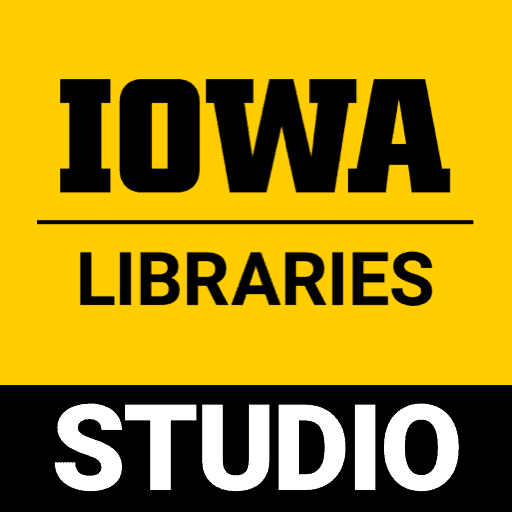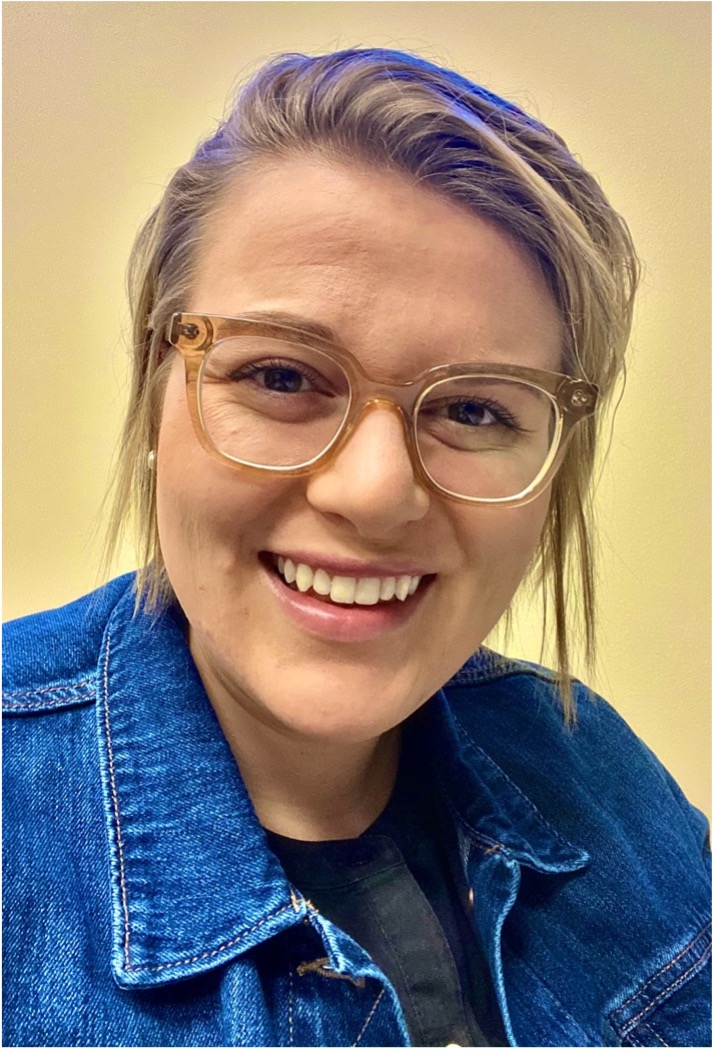As a historian, I sometimes struggle to portray different historical eras as they were experienced by the people who lived in them. Historical analyses reflect the historians’ modern biases, and there has been a conscious effort by the field to provide agency to the sources we study. This project is part of an effort toContinue reading “Tales From Oil Country”
Category Archives: PDH Certificate
Mining for Medieval Messengers
My dissertation, “Messengers and Messages in Middle English Literature,” examines the under-explored role of messengers in fourteenth-century English romances, where they often prove to be crucial elements of the plot or interesting stand-ins for an authorial function. During my capstone experience, I will be pursuing corpus linguistic investigations, with the help of the Digital Studio’sContinue reading “Mining for Medieval Messengers”
Public Digital Humanities Capstone Post #1
I am in my last semester of coursework and currently working on my prospectus, which allows me more time to think about how my dissertation will take shape. In this project, I am developing codes to scrap data on two Chinese websites, Weibo (a social media platform) and Bilibili (a video-sharing platform). I have beenContinue reading “Public Digital Humanities Capstone Post #1”
Developing a Community Engaged, Digital Scholarship Practice
At the beginning of the capstone, I wrestled with several queries. I felt lost and unsure about moving ahead with my project, Hobo Archive. I struggled with realigning the project’s relationship with its audiences. I used the majority of my capstone experience to communicate with my co-creators on rewriting and refining our project objectives. EvenContinue reading “Developing a Community Engaged, Digital Scholarship Practice”
Pause, Reflect, and Reset: How Can We Best Support Digital Scholarship?
During the National Hobo Convention last month in Britt, IA, I spent three long days spreading the word about the digital archival project that leaders of the hoboing and I have worked on for nearly a year now. This project is called Hobo Archive. Many folks were not familiar with the work we are currentlyContinue reading “Pause, Reflect, and Reset: How Can We Best Support Digital Scholarship?”
Digitally Reconstructing Ancient Architectural Spaces: Lessons Learned
Earlier in the semester, I had been thinking about the challenges of incorporating sensory research into 3D modeling with a goal in mind to complete a 3D digital model of an artificial cave in a Roman villa, one of my case studies for my dissertation. Throughout the semester, I had a different set of challenges,Continue reading “Digitally Reconstructing Ancient Architectural Spaces: Lessons Learned”
Dr. King’s visit to Waterloo, Iowa and Iowa City, Iowa
The Reverend Dr. Martin Luther King visited Iowa on three separate occasions, in 1959, 1962, and in 1967. The first visit in 1959 had been to Waterloo, Iowa, and then to Iowa City, Iowa. Waterloo residents have kept Dr. King’s visit alive in their memory compared to the general amnesia of Iowa City residents. Therefore,Continue reading “Dr. King’s visit to Waterloo, Iowa and Iowa City, Iowa”
Digitally Reconstructing Ancient Architectural Spaces: Challenges and Goals
My project for the PDH certificate capstone involves a 3D digital reconstruction of art, architecture, and hydraulic amenities in the manmade dining cave at the villa owned by Roman Emperor Hadrian, using AutoCAD and 3Ds Max. This 3D model makes up one of the four case studies in my dissertation, which uses 3D digital modelingContinue reading “Digitally Reconstructing Ancient Architectural Spaces: Challenges and Goals”
Searching for Connection: Do LibGuides matter outside of libraries?
My capstone project for the Public Digital Humanities certificate focused on creating a digital subject guide, or LibGuide, that describes material in the Iowa Women’s Archives (IWA) related to histories of sexual harassment, intimate partner violence, and other sexual and gender-based violence. The guide, entitled “#MeToo in Historical Context,” was intended as a research andContinue reading “Searching for Connection: Do LibGuides matter outside of libraries?”
PDH Capstone: Braiding the Threads
At the start of the capstone semester, I found myself following three disparate threads related to digital scholarship. The first was about determining when a digital project was complete. The second was about how digital work related to seeking external support. The third was about how to incorporate digital scholarship into traditional academic norms. WithContinue reading “PDH Capstone: Braiding the Threads”

